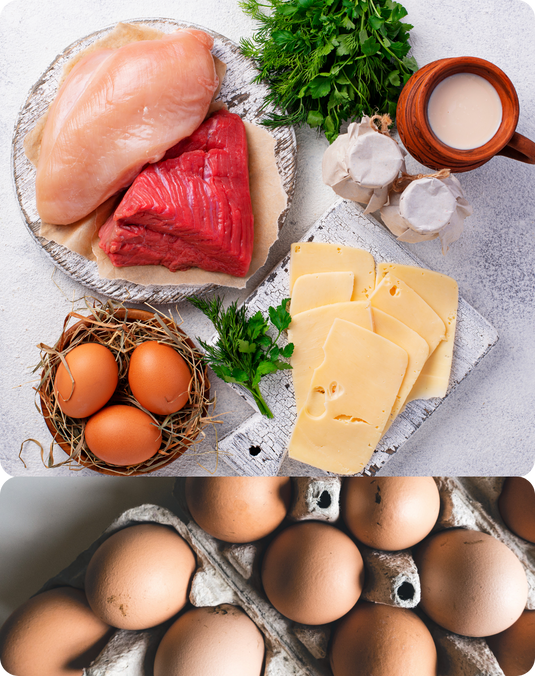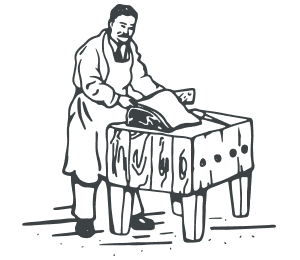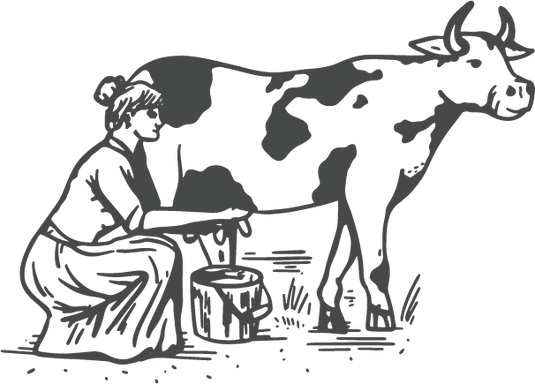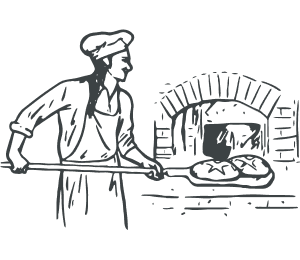

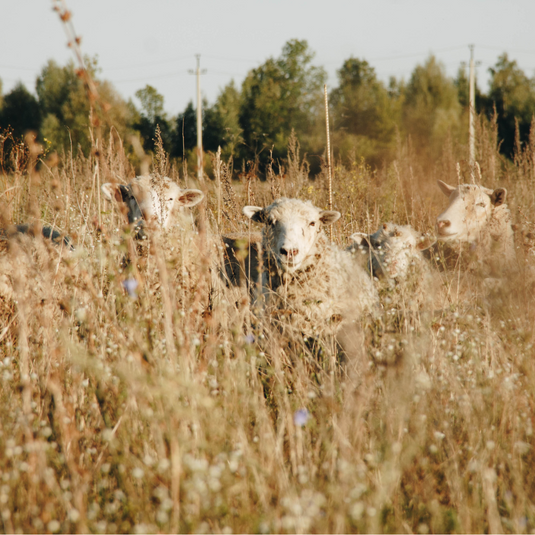
1. 100% Grass-Fed, No Fatty-Acid Manipulation
For over 10,000 years, sheep have thrived on 100% grass-fed, pasture-based diets. Modern industrial agriculture has drastically altered this tradition, with practices like double-decker feedlot barns that confine lambs indoors, feeding them grain-based diets instead of allowing them to graze naturally.
At Nourish, our lamb farmers honor this time-tested tradition, raising their flocks exclusively on lush pastures with no grain. Our approach:
- Eliminates grain-based phytoestrogens and pesticides, which can introduce endocrine-disrupting compounds in the meat.
- Preserves the lamb’s natural fat composition, avoiding the artificially high fat content seen in grain-fed animals. Grass-fed lamb is naturally 14-20% leaner than its grain-fed counterpart.
- Maintains a superior fatty acid profile, keeping harmful polyunsaturated fats (PUFAs) low while increasing beneficial saturated fats like stearic acid, which supports metabolic health.
Aligned with the Nourish Promise LowPs™, our lamb is naturally low in PUFAs, phytoestrogens, and pesticides, with a fatty acid profile untouched by industrial processes.
Even in winter, when pastures are dormant, our farmers feed the lamb chemical-free hay, ensuring nutrient-dense forage year-round and preserving the integrity of the meat.
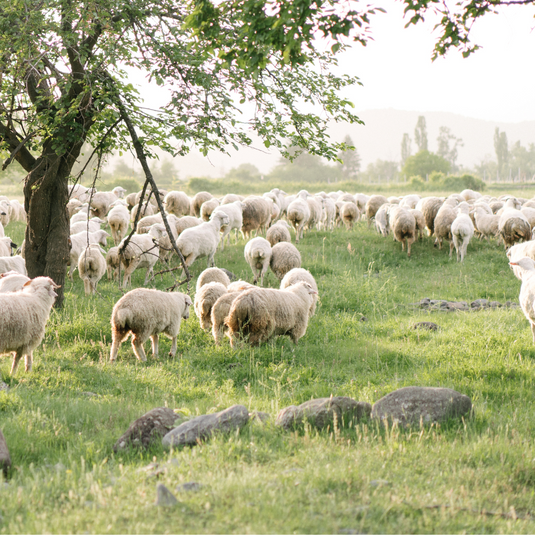
2. Free-Range on Pasture, Not Confined
The lamb roam freely on open pastures, enjoying the freedom to express natural behaviors and exercise, abundant sunshine and fresh air, a grounding connection to the earth, and clean living conditions.
This stands in stark contrast to feedlot operations, where confined conditions necessitate numerous interventions including insecticides for fly control, dewormers for parasite management, extensive vaccination programs, routine antibiotics contributing to antibiotic resistance concerns, and rodenticides and other various pest control chemicals.
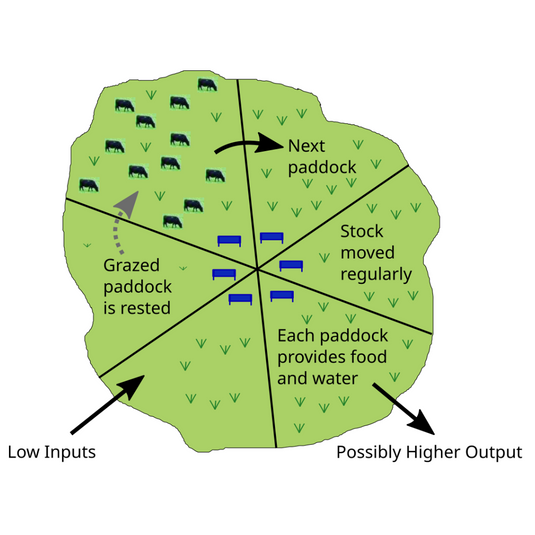
3. Regenerative Rotational Grazing
Our farm partners practice regenerative rotational grazing, a method where lamb are regularly moved to fresh sections of pasture (often 2-3 times per day) while previously grazed areas recover. This approach mimics how wild herds naturally move across landscapes and offers numerous environmental benefits:
- Enhanced soil health and fertility
- Increased biodiversity in grass species and soil microbiome
- Improved carbon and water cycles
- Reduced parasite exposure
- Enhanced nutrient density in the final product
Unlike continuous grazing that keeps animals in the same pasture for extended periods—leading to overgrazing and soil depletion—this approach creates a virtuous cycle. The lamb briefly intensively graze one area, then move on, allowing plants to fully recover and regrow. This results in healthier soil, more nutritious and diverse forage, healthier animals, and ultimately more nutritious meat.
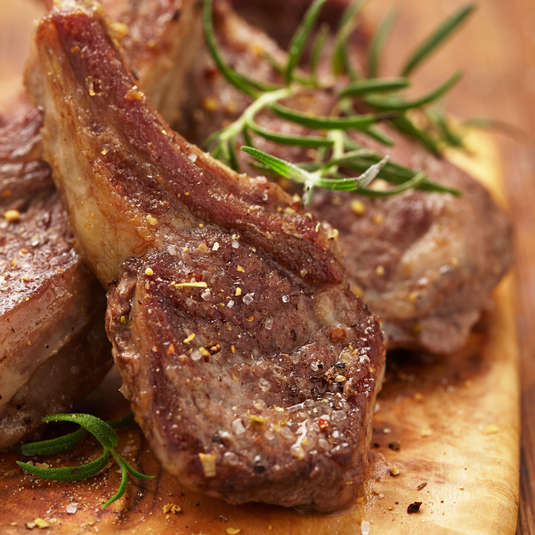
4. Superior Nutrient Profile
Regeneratively-raised lamb offers exceptional nutrition, not just with more vitamins and minerals compared to conventionally raised lamb, but also with a rich profile of beneficial phytochemicals. These naturally occurring plant compounds, found in the diverse grasses, shrubs, weeds, and forbs that lambs graze on, provide a range of health benefits. For example, terpenoids offer anti-inflammatory, anti-viral, and anti-carcinogenic properties, while polyphenols help protect against cancer, cardiovascular disease, and diabetes, supporting immune function and gut health.
Lamb raised on rotationally grazed pastures benefits from a wide variety of plant species, each contributing its unique phytochemicals to the lamb’s diet. This is especially true for lamb, which often eat more shrubs, weeds, and forbs relative to cows, which are particularly rich in phytochemicals. These compounds accumulate in the lamb’s tissues and are transferred to the meat. In contrast, grain-fed lambs raised in confined feedlot systems receive little to no access to such diverse plant varieties and the beneficial compounds they contain.
While plants are the primary source of phytochemicals, pasture-raised meat like lamb provides a valuable source of these compounds, offering benefits that may not be found in grains. Our regeneratively-raised lamb delivers these powerful plant compounds, not typically consumed directly by humans, contributing to both superior flavor and better health benefits.
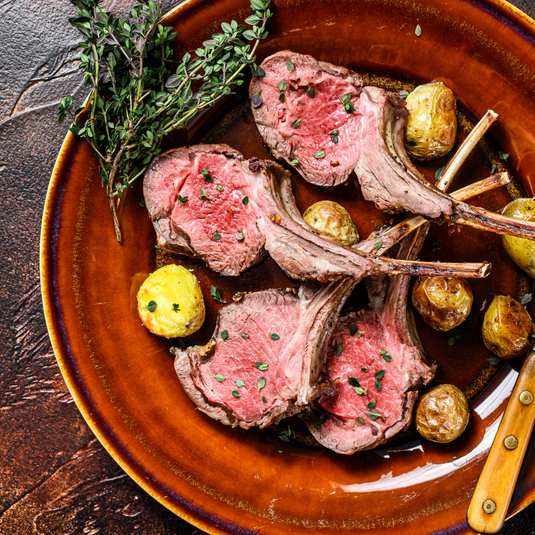
5. Needle-Free Production
The lamb at our partner farms thrive without pharmaceutical interventions because they are raised in optimal conditions: fresh pasture, clean air, and regular rotation to new grass, which ensures minimal parasite exposure. Lamb are particularly susceptible to parasites, but by moving them 1-3 times a day on our rotational grazing systems, they stay healthy and parasite-free. This natural management eliminates the reliance on dewormers, antibiotics, vaccines, hormones, and chemical treatments common in industrial agriculture. In the rare case an animal requires medical treatment, it is removed from the Nourish production line.
By prioritizing regenerative practices, our farmers cultivate natural resilience in their flocks. Diverse pastures provide natural compounds that support immune function, and regular movement on fresh grass ensures that parasites are kept at bay. This approach eliminates the need for pharmaceutical interventions, fostering genuine health and harmony with the environment.
The result is lamb free from medication residues—raised in a natural, stress-free environment, producing pure, wholesome meat, just as nature intended.
